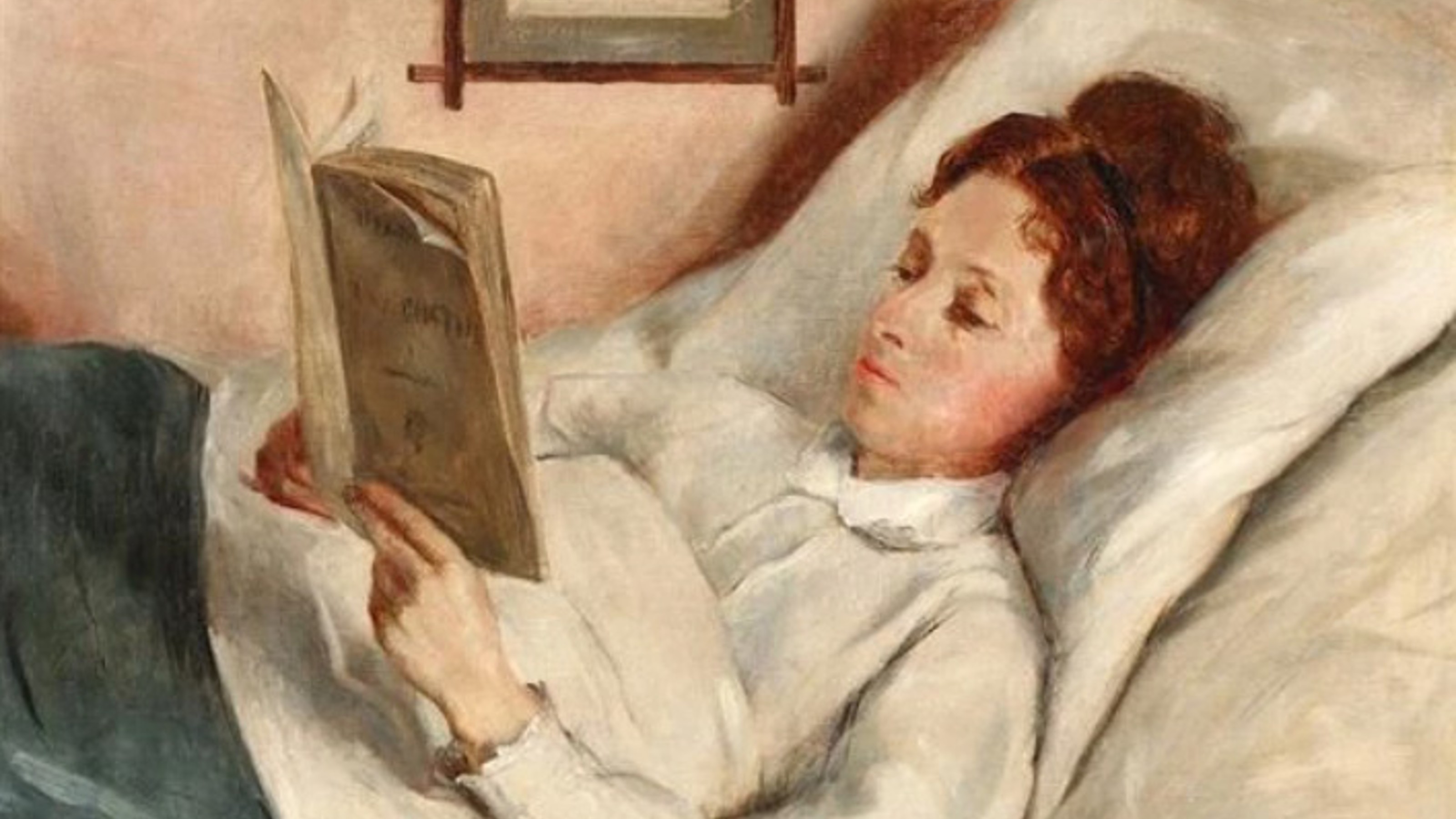Can creativity be taught?

The Elephants by Salvador Dali
- Divergent thinking is a fundamental aspect of creative teaching.
- Studies have found that there are a number of valid teaching methods that inspire creativity in their students, regardless of what field they’re in.
- Ordinary modes of education are not conducive towards developing creativity if they do not employ methods like divergent thinking and also allow mistakes to be made while learning.
Creative intelligence is the ability to observe or act with any of the senses, enact mimicry to a certain fidelity and then through repetition make that thought, action or idea your own before you can then develop it to new places it’s never gone before.
The creative spirit and process is something that is highly sought after. For writers and artists, the concept has even been deified as the Muses. Nowadays it’s not just the eccentrics and poets looking to get a creative hit, but also business people and regular students seeking out that creative magic.
It’s a process that, for a while, many people didn’t think could be taught. It’s more than a set of skills or behaviors within a predefined set of parameters. It’s mysterious and novel. Creativity manifests when somebody has mastered a subject or skill and then needs to invent a new solution to a problem that couldn’t be overcome with any previous method.
While it’s difficult to teach someone a new creative solution, it is possible to instill the fundamentals so that a person may go on and become creative in their own right.

Photo: Wikimedia Commons
Analyzing creative teaching systems
A creative mindset can be taught, but not from sitting in a lecture hall or taking a standardized test.
In the early 21st century, researchers from the University of Oklahoma set out to analyze a number of different creative teaching systems. They set out to learn how different training programs helped foster and spur creativity, and published their findings in the Creativity Research Journal:
Over the course of the last half century, numerous training programs intended to develop creativity capacities have been proposed. In this study, a quantitative meta-analysis of program evaluation efforts was conducted. Based on 70 prior studies, it was found that well-designed creativity training programs typically induce gains in performance with these effects generalizing across criteria, settings, and target populations. Moreover, these effects held when internal validity considerations were taken into account.
Observations of these teaching methods showed that there was an effective increase in successfully developing cognitive skills that helped students apply a creative mindset during realistic exercises.
Although creative trainings differ in scope and the field they’re trying to train people in, the authors found a few fundamental trends for successful programs. Most successful creativity training shares a common foundation: divergent thinking. They write:
We refer to the notion of divergent thinking or the capacity to generate multiple alternative solutions as opposed to the one correct solution… The evidence accrued over the last 50 years does suggest that divergent thinking, as assessed through open ended tests such as consequences and alternative uses, where responses are scored for fluency (number of responses), flexibility (category shifts in response), originality (uniqueness of responses), and elaboration (refinement of responses), does represent a distinct capacity contributing to both creative problem solving and many forms of creative performance.
The authors have identified divergent thinking as something that is fundamental towards teaching and recording creative ability. But that’s just one part of creative abilities.
Methods for how to teach creativity
Thinking outside the box has become such a cliched maxim that we take for granted how important it is to be able to come up with far out ideas for solving problems. Methods for teaching creativity are just as vast and varied as the act of creation itself.
Here are a number of tried and true methods that have been able to light a creative spark for many people throughout the years.
Utilizing a creativity model
The Osborne-Parnes model is a very popular system used in educational and business settings. It’s split into six steps, each one bringing with it a divergent thinking pattern to challenge status quo ideas.
- Identifying a goal or objective.
- Gathering data.
- Clarifying a problem.
- Generating ideas.
- Evaluating ideas.
- Creating a plan to implement ideas.
Diverge and converge
Designing assignments that have both divergent and convergent ways of thinking. For example, standardized tests are a great way of measuring analytical thinking (convergent) by relying on deduction and answering for one correct response. A mix of divergent questioning would be tremendously helpful for creativity testing.
Build a congenial learning environment
Creative thinking is one of collaboration and bouncing ideas off of others in a social setting. Promote student’s creativity by validating their off-hand ideas that go beyond the subject matter.
Try the incubation model by E. Paul Torrance
It has three stages which include: Making connections between classroom work and real life situations, engage curriculum in multiple ways, extend learning opportunities outside of classroom settings.
Applying these methods in a focused manner can be a surefire way to get the creative flames rising.
Louis R. Mobley’s IBM school for creativity
It was in 1956 that Louis R. Mobley was tasked with turning IBM’s executives into creative powerhouses. The executive school was built around six insights that Mobley came up with for inspiring and teaching creativity.
- Traditional teaching methods are useless for encouraging creativity.
- Becoming creative is more about unlearning than learning a new process.
- We don’t learn to be creative, we learn to become creative people through action and transforming ourselves in the experience.
- Creative people beget other creative people. Basically, hang out with other creatives and watch what they do and how they think.
- Self-knowledge is imperative if you’re to overcome your own limiting biases.
- Give yourself the permission to be wrong and to fail. There are no bad or wrong ideas, just ones that just aren’t quite there.
The process isn’t going to be easy and learning to be creative is still going to be difficult. Some are more apt to it than others, but there is no doubt that the seeds of the imagination can be taught and passed down to others.





